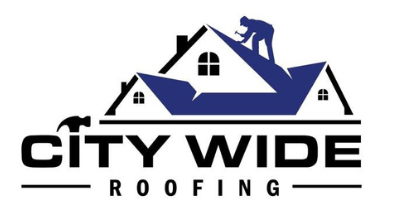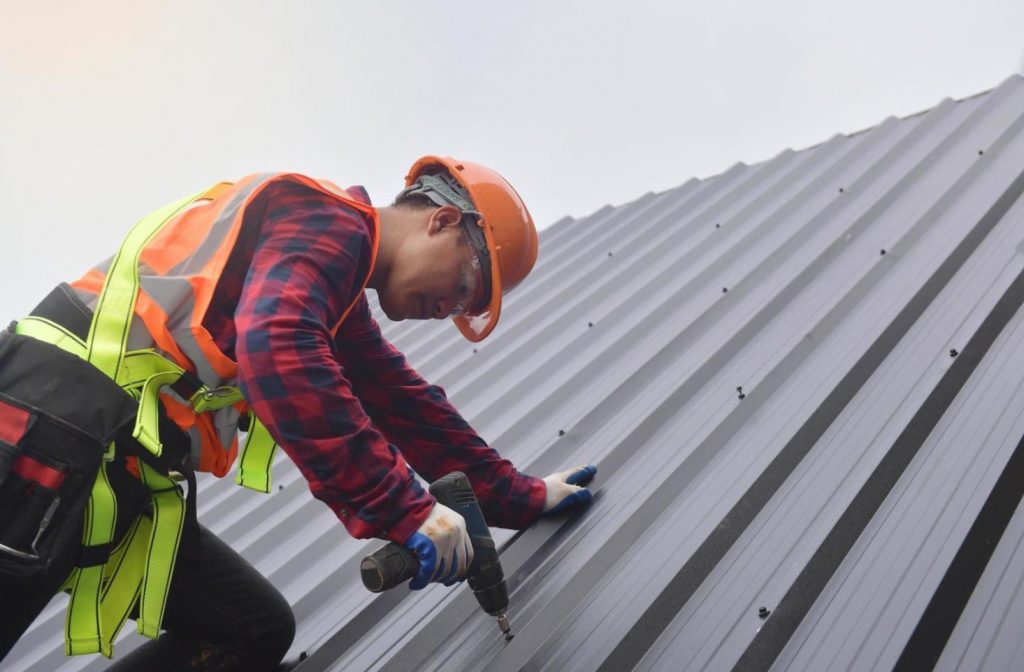Roof installation is one of the most important aspects of a building’s construction, and the materials used for it are essential for its durability and protection. From asphalt shingles to metal roofing, there are many different types of materials available for roof installation. Each type has its own advantages and disadvantages, so it’s important to understand the differences between each one before making a decision.
In this article, we will discuss the various types of materials used in roof installation and their features so that you can make an informed decision when selecting your roof material.
The type of material you use to install a roof will depend on the climate, budget and desired aesthetic. Commonly used materials for roof installation include asphalt shingles, metal roofs, cedar shake roofs, slate tiles, and clay or concrete tiles.
Asphalt shingles are the most popular roofing material due to their affordability and ease of installation. They come in a variety of colors and styles to suit any home’s exterior design. Metal roofs offer durability and longevity and can reflect sunlight, making them energy efficient.
Cedar shake roofs provide an attractive natural wood look with excellent insulation properties. Slate tiles are extremely durable but also very expensive; they add a classic, sophisticated touch to any home.
Clay or concrete tiles offer superior protection from the elements, but they are also very heavy and can be expensive. Ultimately, selecting a roofing material will depend on factors like climate, budget, desired look, and maintenance requirements. Consider all these variables before you make your decision!
No matter what type of materials you decide to use, proper installation is essential for a safe and reliable roof. It’s important to hire experienced professionals with extensive knowledge in the specific types of material that you choose. This will ensure that your new roof is installed properly and meets safety standards. If done correctly, your new roof can last for decades with minimal maintenance.


